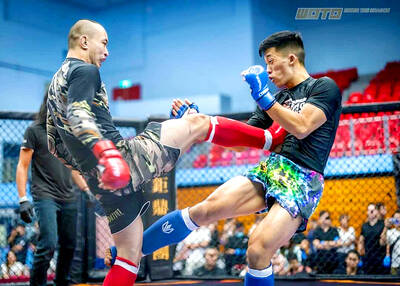
Enter the Dragon 13 will bring Taiwan’s first taste of Dirty Boxing Sunday at Taipei Gymnasium, one highlight of a mixed-rules card blending new formats with traditional MMA.The undercard starts at 10:30am, with the main card beginning at 4pm. Tickets are NT$1,200. Dirty Boxing is a US-born ruleset
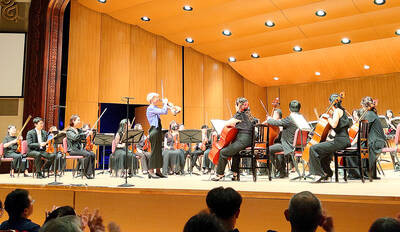
The Taipei Symphony Orchestra (TSO) is going from strength to strength. Saturday’s first performance of the Fall season saw the city’s ensemble make an all-Beethoven program exciting with an incredibly tight rendering of several classics. It also provided food for thought about the merits and occasi

In an early scene from Spinal Tap II: The End Continues, the blisteringly obtuse Nigel Tufnel asks his wife a question after he and his bandmates have reunited after many years: “I don’t know whether this was a good idea or not.”Fans may ask that very same question after an albeit mercifully short s
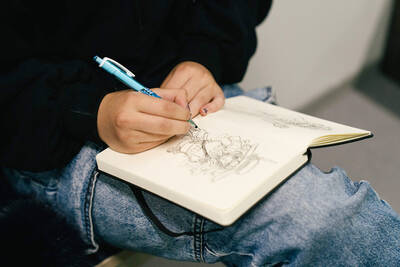
Students huddle together in the corridor, chatter filling the air on a break between classes at a school in Finland, where mobile phones have been banned since school resumed last month.At Kungsvagens Skola for students aged 13 to 15 in Sipoo, northeast of Helsinki, teachers collect students’ phones
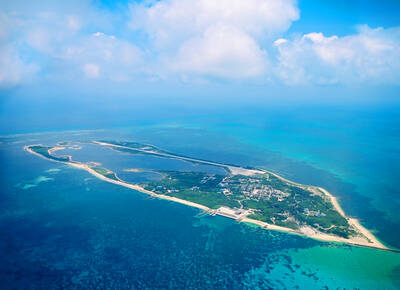
Pratas Island, or Dongsha (東沙群島) had lain off the southern coast of China for thousands of years with no one claiming it until 1908, when a Japanese merchant set up a facility there to harvest guano. The Americans, then overlords of the Philippines, disturbed to learn of Japanese expansion so close
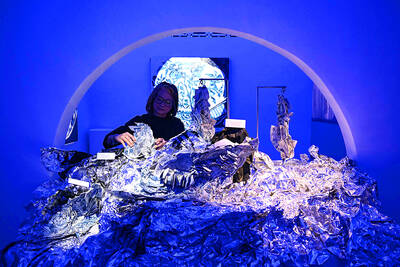
Chinese porcelain shards salvaged from a famous shipwreck are being reimagined in Malaysia, hundreds of years after the Portuguese vessel is said to have sunk in battle.The smashed 17th-century crockery was almost consigned to the scrap heap before Malaysian artist Alice Chang saw the potential to t
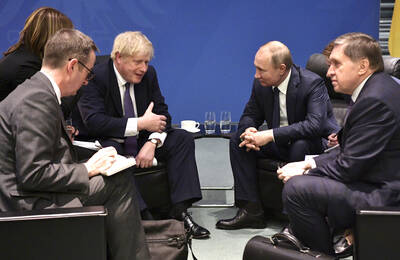
Boris Johnson earned more than £5m from less than two years of paid speeches after standing down as prime minister, leaked files suggest.Transcripts and itineraries demonstrate the globe-trotting nature of the former prime minister’s new life as a public speaker. He made 34 paid appearances be
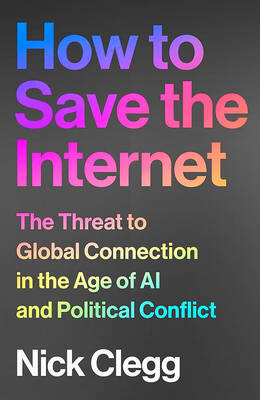
Nick Clegg chooses difficult jobs. He was the UK’s deputy prime minister from 2010 to 2015, a position from which he was surely pulled in multiple directions as he attempted to bridge the divide between David Cameron’s Conservatives and his own Liberal Democrats. A few years later he chose another c
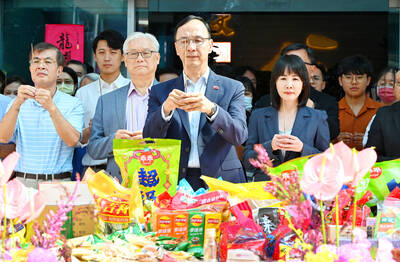
This year was supposed to be a quiet, non-election year. Instead, it has been a non-stop rollercoaster ride. All three major political parties currently face potential leadership crises, and how they manage their challenges will be politically consequential for years to come. Taiwan People’s Party (

Inter Miami’s Luis Suarez further damaged his reputation. Jalen Carter of the Philadelphia Eagles cost himself the chance to play in a season-opening game. Florida’s Brendan Bett gave South Florida a 15-yard gift on its drive that decided its win over the Gators.Their transgression: spitting.In the

“Far from being a rock or island … it turns out that the best metaphor to describe the human body is ‘sponge.’ We’re permeable,” write Rick Smith and Bruce Lourie in their book Slow Death By Rubber Duck: The Secret Danger of Everyday Things. While the permeability of our cells is key to being alive,
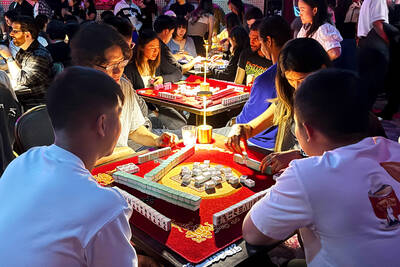
When Ryan Lee first played mahjong two years ago, he got hooked. He dug out sets of the classic Chinese tile game from his parents’ house and brought them to San Francisco, where he started hosting mahjong nights in his apartment.The gatherings became so popular that the 25-year-old Chinese American

Late last month Philippines Foreign Affairs Secretary Theresa Lazaro told the Philippine Senate that the nation has sufficient funds to evacuate the nearly 170,000 Filipino residents in Taiwan, 84 percent of whom are migrant workers, in the event of war. Agencies have been exploring evacuation scena
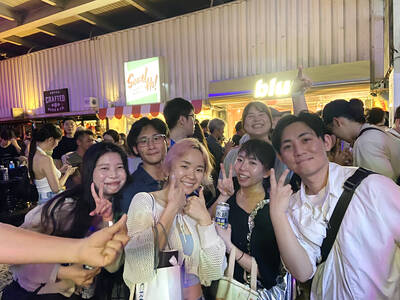
Hannah Liao (廖宸萱) recalls the harassment she experienced on dating apps, an experience that left her frightened and disgusted.“I’ve tried some voice-based dating apps,” the 30-year-old says. “Right away, some guys would say things like, ‘Wanna talk dirty?’ or ‘Wanna suck my d**k?’” she says.Liao’s s

“This is one of those rare bits of TikTok fitness advice with a lot of truth behind it,” says Bethan Crouse, performance nutritionist at Loughborough University. “Sometimes it’s taken a bit too literally, though! You see people chugging protein drinks as they’re scanning out of their gym.”Crouse rec
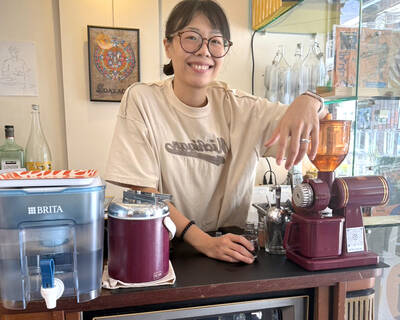
Cheng Ching-hsiang (鄭青祥) turned a small triangle of concrete jammed between two old shops into a cool little bar called 9dimension.In front of the shop, a steampunk-like structure was welded by himself to serve as a booth where he prepares cocktails.“Yancheng used to be just old people,” he says, “b

Iconic movie props from a galaxy far, far away, and from a search for the Holy Grail much closer to home, are for sale in a blockbuster auction in California featuring a trove of silver screen history.Darth Vader’s lightsaber from the final two films of the original Star Wars trilogy is the most val
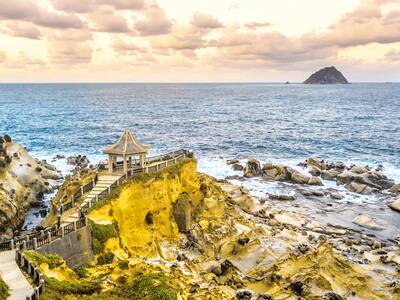
Sitting on a bus bound for Heping Island (和平島), at the start of my first visit to Keelung in years, I was hell-bent on visiting a place of considerable historical interest, even though I knew that it wasn’t officially open to the public. In 2011, archaeologists working in the densely populated south
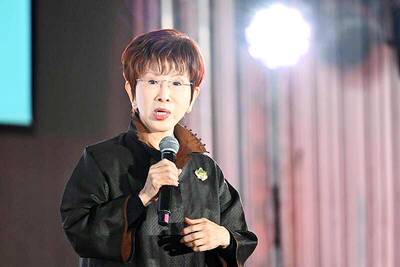
Former Chinese Nationalist Party (KMT) chairwoman Hung Hsiu-chu’s (洪秀柱) attendance at the Chinese Communist Party’s (CPP) “Chinese People’s War of Resistance Against Japanese Aggression and the World Anti-Fascist War” parade in Beijing is infuriating, embarrassing and insulting to nearly everyone in
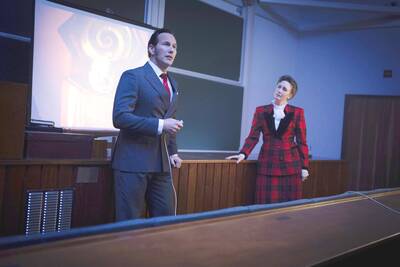
There are four words in the title of the latest entry in the Conjuring universe, but only one sounds good. It’s the word “last.”The Conjuring: Last Rites seems to finally nail the coffin shut on this part of the franchise, saying goodbye to a series that revels in timeless scary stuff — swing sets t
